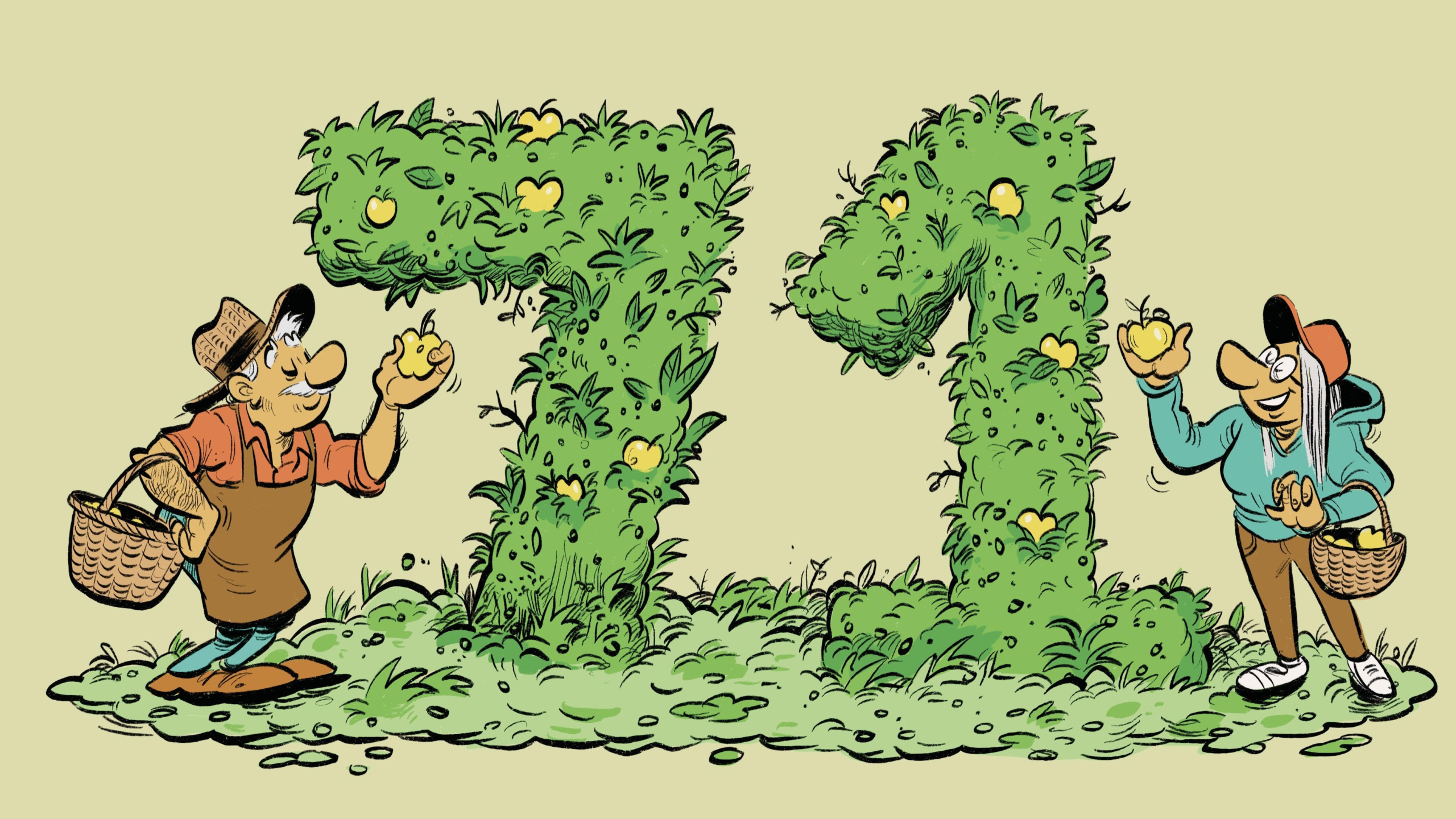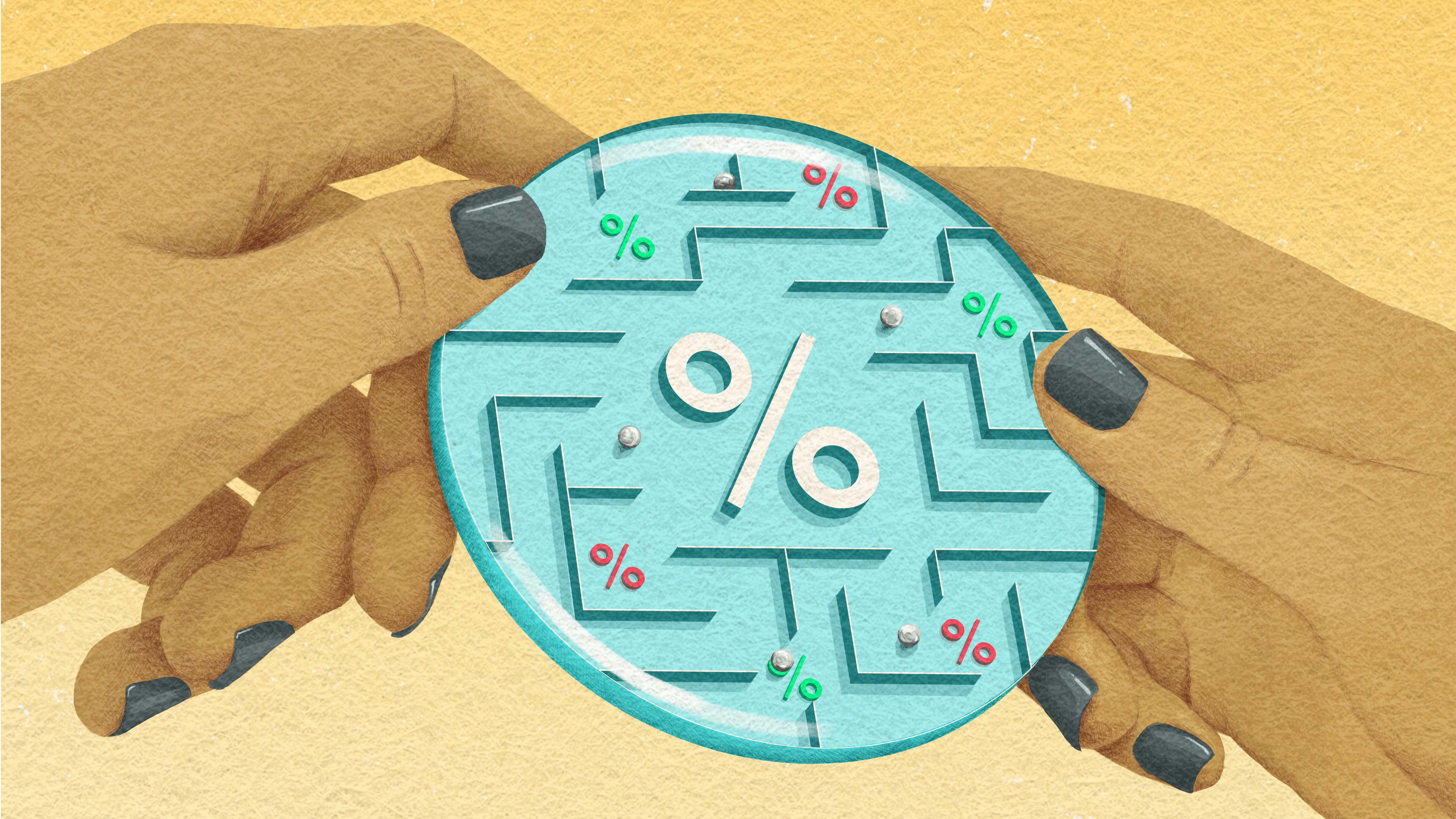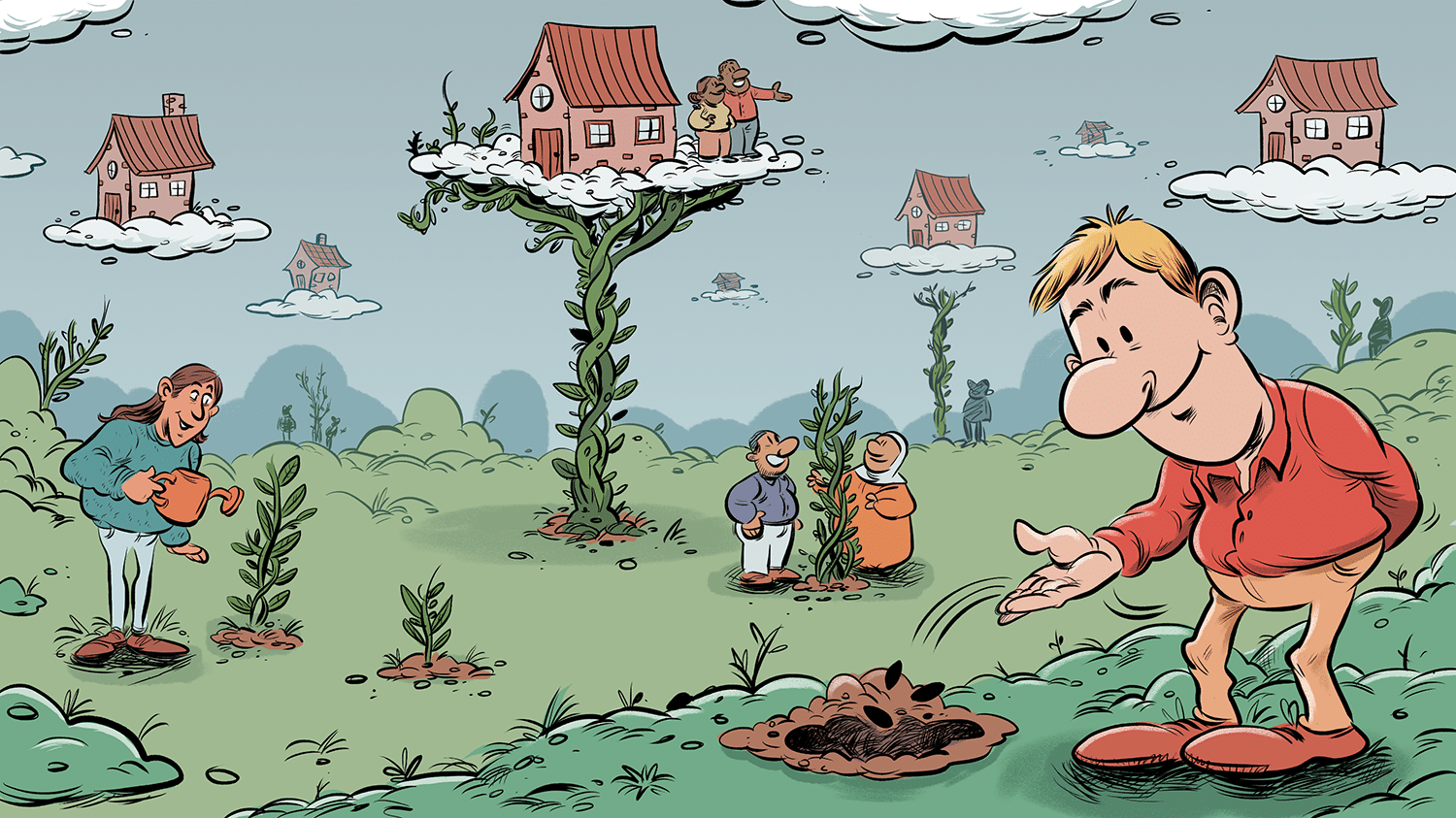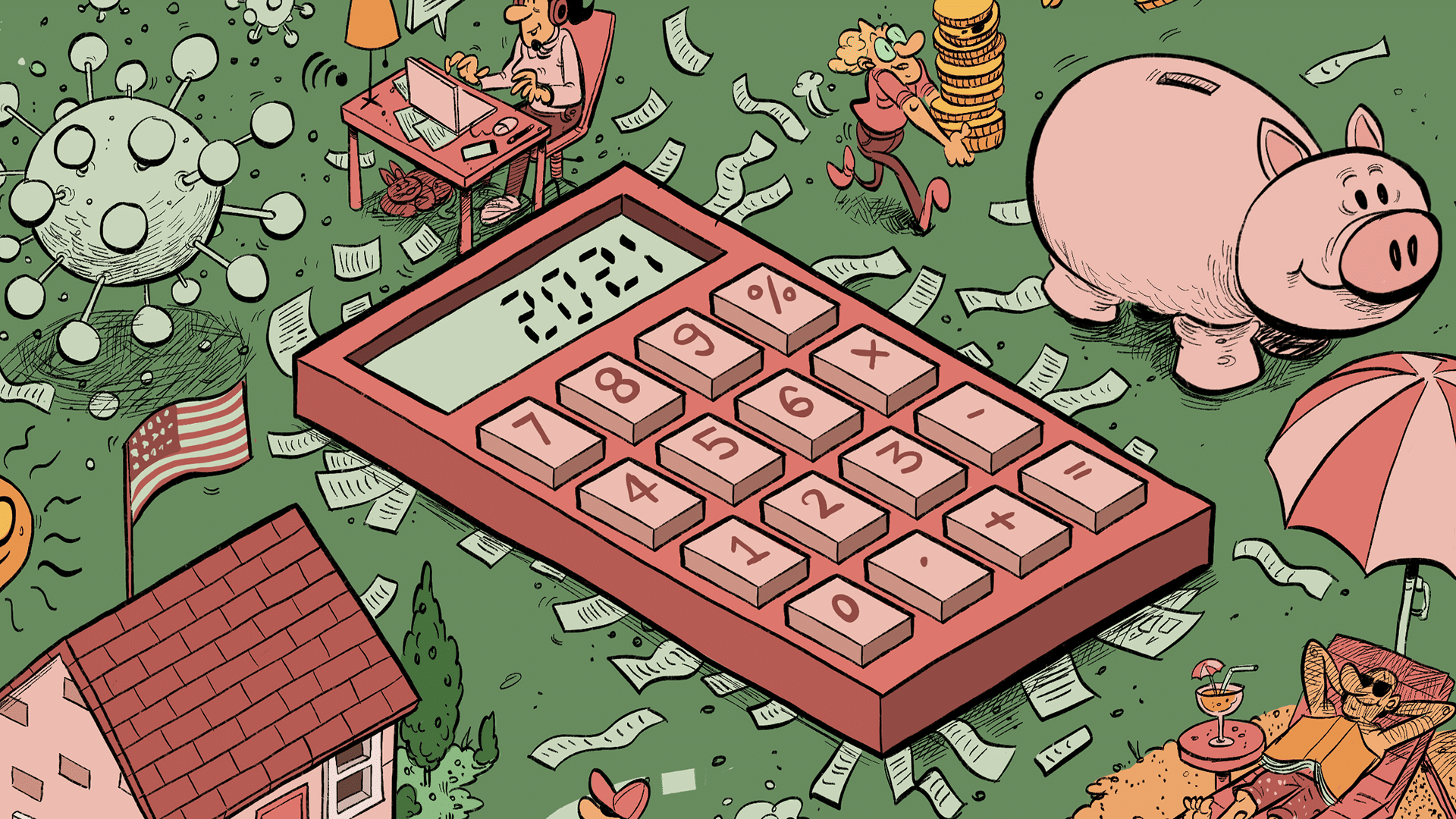
RRSPs: Searching beyond the basics to help save money
Most Canadians have some understanding of how Registered Retirement Savings Plans work. But what RRSP strategies should you consider if you want to save as much money as possible? Here are some RRSP ideas that go beyond the basics.
Although many people lament getting older, aging comes with its own perks. To start, you’re probably earning more money than you used to. As well, you may have purchased a home by now and, if you have children, the unending worries and sleepless nights are well behind you. Here’s another perk: In the not-too-distant future, you’ll finally get to reap the benefits of your Registered Retirement Savings Plan (RRSP).
But let’s not get ahead of ourselves — you still have years if not decades to go, and these past three years been particularly difficult for many Canadians. With higher inflation, ballooning interest rates and market downturns, it may be wise to take some time to review your RRSP strategy. Are you leaving anything on the table? Any funds you can save or invest now could provide you with an outsized benefit down the road.
TD clients Nick and Justina discuss how they balance their family commitments with their business venture.
To better understand how Canadians might better take advantage of this critical savings vehicle, we sat down with Nicole Ewing, Director, Tax and Estate Planning, TD Wealth. She talked about some important ideas you may not know about RRSPs and how they work.
You may have more contribution room than you think
Many Canadians mistakenly assume that the “earned income,” used to calculate RRSP contribution room, refers solely to their regular income or salary, when in fact it can include much more. “From a planning perspective, this type of information can be very useful,” Ewing says. For example, if you have a rental property that generates rental income, that income should also be considered part of your earned income for tax purposes. And remember, more earned income means more contribution room and more opportunity for tax-deferred savings.
If you’re reporting your income properly each year, you’ll be able to see your available contribution room by logging into My Account on the Canada Revenue Agency website. But as Ewing points out, recent retirees with supplemental sources of income may not realize they may still be generating RRSP contribution room long after they’ve left their nine-to-five. Similarly, freelance income or cash generated from a side-hustle can also generate additional contribution room.
Remember, passive forms of income are not considered earned income for tax purposes. That means that income sources like capital gains, Old Age Security (OAS) and your pension will not translate to additional RRSP contribution room.
RRSP deductions can impact other benefits you receive
If you receive any income-tested benefits (i.e., benefits that are determined by your income level like the Canada Child Benefit (CCB), RRSP deductions could have a significant impact on your finances. For instance, RRSP deductions could work to lower your net income before retirement, and potentially increase your eligibility for specific benefits. On the other hand, RRSP withdrawals during retirement might inadvertently boost your income and negatively impact other types of benefits you receive.
“It’ll really depend on your personal circumstances, so it’s a good idea to speak to an advisor if you’re not sure about how you may be impacted,” Ewing says.
If you’re a business owner, planning out your RRSP deductions can be critical
Here’s an important RRSP reminder: Although you may contribute to your RRSP each year, you don’t have to apply the tax deduction for that contribution in the same year if you don’t want to.
The last three years have been difficult for many Canadian business owners. If you’ve suffered losses or faced unprecedented disruptions to your business as a result of the COVID-19 pandemic, Ewing suggests that RRSP deduction planning may be worthwhile: “If your income is not the same year-over-year, you may want to be looking at where you’re taking that deduction over a multi-year period. For example, if 2021 or 2022 was difficult, you may want to wait to report contributions made in those years for a year when your income has gone back up again.”
Essentially, by being strategic with your deductions, you can lower your taxable income at a time when it counts more.
The ability to plan out RRSP deductions is not restricted to business owners. Anyone can do it.
“Ultimately, you’ll want to weigh the opportunity cost of reporting any contribution right away, getting your tax refund, and then recontributing the funds immediately, versus delaying it. It’s a bit of a math question,” Ewing says.
You can still contribute to a spouse’s fund even if you’re too old to contribute to your own
By the end of the year in which you turn 71, you’ll need to convert your RRSP to a Registered Retirement Income Fund or annuity, or withdraw the full lump sum and include it in your taxable income. However, even though you’ll no longer be able to contribute to your own RRSPs, you may be able to contribute to your spouse’s RRSP — provided your partner has not passed the age limit themselves.
“Spousal RRSP contributions allow for couples to have a similar income once they retire, rather than one spouse being taxed at a much higher rate,” Ewing says. “For example, if you have one spouse who managed the home and one who worked outside the home, they could each be paying tax on $30,000 per year instead of one spouse getting and paying tax on $60,000 worth of withdrawn RRSP income — assuming that RRSP contribution was shared.”
“In this case, the tax payable would be lower for the couple as a unit. Moreover, the spouse who contributes the funds to the RRSP still gets the initial tax deduction, effectively lowering their taxable income in the year the deduction is reported.
Leaving an RRSP to a beneficiary in your Will may have unintended tax consequences
“This is a bit of a tricky one,” Ewing says. Let’s say, for example, you leave your RRSPs to your spouse. Canadian tax law allows a deferral of tax until your spouse starts taking that money out, just as if the RRSP had stayed in your hands. This also applies (by using a Registered Disability Saving Plan) to any children or grandchildren who are financially dependent on you because of a physical or mental disability. On the other hand, Ewing says, if you leave your RRSPs to anyone else, your estate will bear the tax responsibility in the year of transfer: The taxes you have been deferring all this time must now be paid at once.
Moreover, because all of your property and assets are considered to be sold at fair-market value for tax purposes in the year of your death, your estate will likely pay tax at the highest marginal rate.
“Say I leave a $300,000 RRSP to my son,” Ewing says. “My estate still owes the tax — possibly as high as 53% or more. My son is going to get his $300,000, but my estate now owes about $150,000 to the CRA and I no longer have the RRSP to pay for it.” If the estate doesn’t have enough funds to pay the resulting tax bill, the CRA may pursue the beneficiary. And if the beneficiary can’t pay, the CRA can withhold future income-tax refunds or credits, garnish wages or seize their assets. In the case of joint beneficiaries, the CRA may not approach each beneficiary equally, meaning that some beneficiaries may be required to pay more than others.
To avoid these types of complications, Ewing suggests including provisions in your Will that dictate your beneficiaries get the after-tax proceeds of any RRSPs. Alternatively, she suggests Canadians simply make their estate the beneficiary.
“There might be a delay in the administration as your estate is sorted, and you may have to pay probate fees depending on your province of residence, but in the right circumstances, it may be the best option,” she says.
Ultimately, Ewing recommends speaking to your advisor or planner to sort through your options and create a holistic estate plan that makes provisions for a large tax bill at death.
Early RRSP withdrawals: For home, school and under special circumstances
“You can take out funds from your RRSPs any time you want, you just have to pay the tax,” says Ewing. She warns though that withdrawing funds early shouldn’t be pursued lightly. Tapping the RRSP too soon may bring a double whammy of a major tax bill and impeding long-term goals the RRSP was being used for. While for most of us, withdrawing from an RRSP may naturally mean waiting until retirement when our income is lower and therefore our marginal tax rate is less, that may not be the case for everyone.
For those who are looking to buy their first home, for example, the Home Buyers’ Plan allows you to withdraw up to $35,000 from your RRSPs tax free, provided you repay that amount within 15 years. Similarly, you may be able to withdraw funds for education costs.
Canadians who are dealing with financial hardship may consider tapping into their RRSPs early. “If you’re going to go into debt and have to pay exorbitant fees, it might make sense,” Ewing says. “You will have to pay tax on it, and you’ll lose the contribution room, but sometimes you have to choose between two unfavourable options. It is your money after all.”
Ultimately, Ewing says that everyone’s situation will be different, and Canadians inevitably have to choose a path forward that makes sense for them when it comes to their RRSPs: “Math aside, do what works for you. But keep in mind that the best results often come from claiming your deductions in your higher earning years, and then pulling out those contributions in your lowest income years.”
If you have any further questions about RRSPs and how to make a plan that suits your needs, speak to a financial planner or advisor.
TAMARA YOUNG
MONEYTALK
ILLUSTRATION
INNA GERTSBERG















